We stand at the edge of incomprehensible human advancement, or spectacular destruction. The race is on.. The Daily Galaxy. Excerpts:
Within the exotic world of macroscopic quantum effects, where fluids flow uphill, wires conduct without electrical resistance and magnets levitate, there is an even stranger family of "unconventional" phenomena. These effects often defy explanation by current theoretical physics, but hold enormous promise for the development of such futuristic technologies as room-temperature superconductors, ultrasensitive microscopes and quantum computation.
Last week's announcement by a Stanford team in Physical Review Letters that it has created the world's first dipolar quantum fermionic gas from the metal dysprosium – "an entirely new form of quantum matter," as Stanford applied physics Professor and lead author Benjamin Lev put it – represents a major step toward understanding the behavior of these systems of particles. And this understanding makes for a leap toward the supernatural-seeming applications that condensed-matter physics promises.
When the thermal energy of some substances drops below a certain critical point, it is often no longer possible to consider its component particles separately. Instead, the material becomes "strongly correlated" and its quantum effects become difficult to understand and study.Making the material out of a gas of atoms allows what is normally only observed on a nanometer scale to become visible. These quantum gases, the coldest objects known to man, are where researchers see zero-viscosity fluids – superfluids – that are mathematical cousins of superconductors.
And:
Dysprosium's status as the most magnetic element was crucial to overcoming this apparent impossibility. Because of the extraordinarily strong magnetic dipolar interactions between the dysprosium atoms, the particles were able to cool to below the critical temperature by colliding from afar, despite being quantum mechanically identical.
Thus far, the result of the Lev lab's high-tech efforts is a tiny ball of ultracold quantum dipolar fluid. But the researchers have reason to believe that the humble substance will exhibit the seemingly contradictory characteristics of both crystals and superfluids.
This combination could lead to quantum liquid crystals, or quantum-mechanical versions of the liquid crystals that make up most electronic displays. Or it could yield a supersolid – a hypothetical state of matter that would, in theory at least, be a solid with superfluid characteristics.
Short answer? Technology speeds way past our wildest imaginings. Our future cannot be described in the same way we could not describe a CD to some one from the 1400's. A CD without a CD player, that is..
Can you see how close we are?
Within the exotic world of macroscopic quantum effects, where fluids flow uphill, wires conduct without electrical resistance and magnets levitate, there is an even stranger family of "unconventional" phenomena. These effects often defy explanation by current theoretical physics, but hold enormous promise for the development of such futuristic technologies as room-temperature superconductors, ultrasensitive microscopes and quantum computation.
Last week's announcement by a Stanford team in Physical Review Letters that it has created the world's first dipolar quantum fermionic gas from the metal dysprosium – "an entirely new form of quantum matter," as Stanford applied physics Professor and lead author Benjamin Lev put it – represents a major step toward understanding the behavior of these systems of particles. And this understanding makes for a leap toward the supernatural-seeming applications that condensed-matter physics promises.
When the thermal energy of some substances drops below a certain critical point, it is often no longer possible to consider its component particles separately. Instead, the material becomes "strongly correlated" and its quantum effects become difficult to understand and study.Making the material out of a gas of atoms allows what is normally only observed on a nanometer scale to become visible. These quantum gases, the coldest objects known to man, are where researchers see zero-viscosity fluids – superfluids – that are mathematical cousins of superconductors.
And:
Dysprosium's status as the most magnetic element was crucial to overcoming this apparent impossibility. Because of the extraordinarily strong magnetic dipolar interactions between the dysprosium atoms, the particles were able to cool to below the critical temperature by colliding from afar, despite being quantum mechanically identical.
Thus far, the result of the Lev lab's high-tech efforts is a tiny ball of ultracold quantum dipolar fluid. But the researchers have reason to believe that the humble substance will exhibit the seemingly contradictory characteristics of both crystals and superfluids.
This combination could lead to quantum liquid crystals, or quantum-mechanical versions of the liquid crystals that make up most electronic displays. Or it could yield a supersolid – a hypothetical state of matter that would, in theory at least, be a solid with superfluid characteristics.
Short answer? Technology speeds way past our wildest imaginings. Our future cannot be described in the same way we could not describe a CD to some one from the 1400's. A CD without a CD player, that is..
Can you see how close we are?














































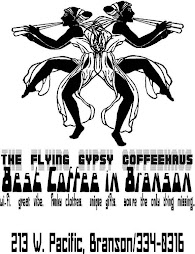








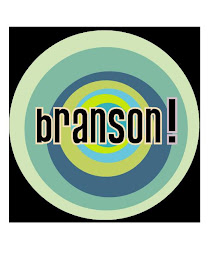






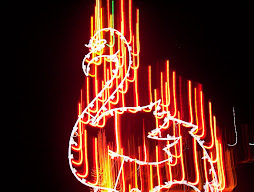


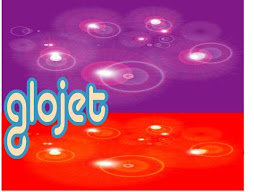

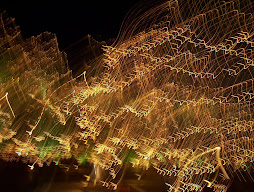

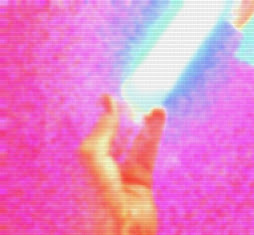









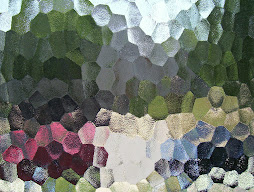
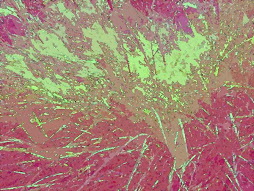
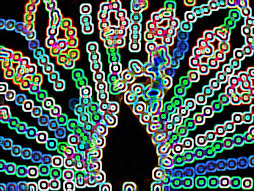









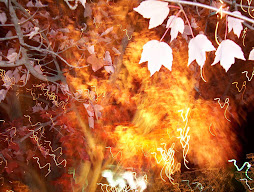









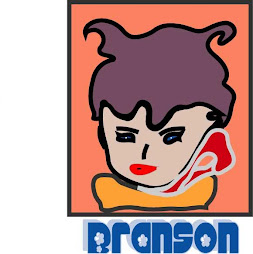



No comments:
Post a Comment